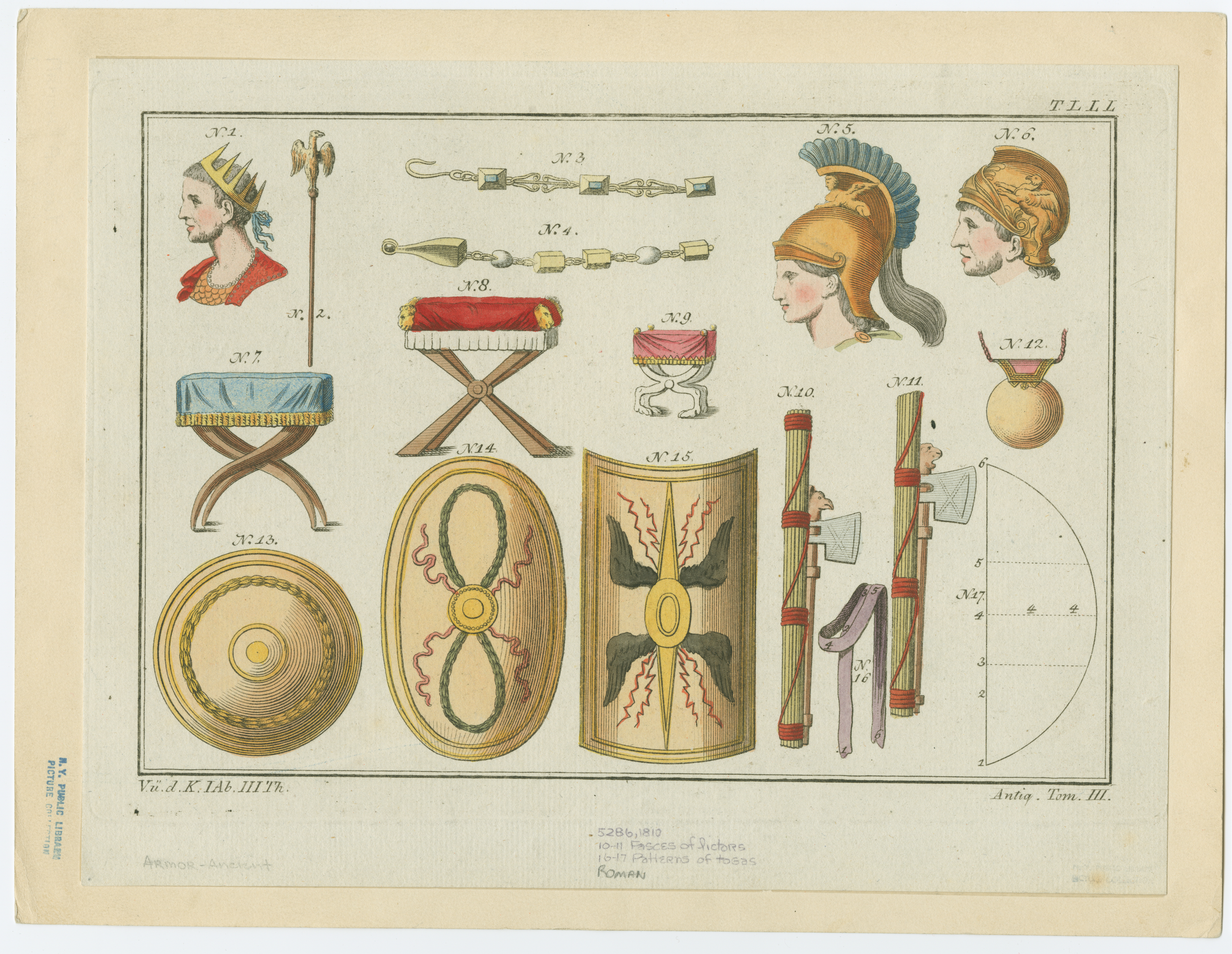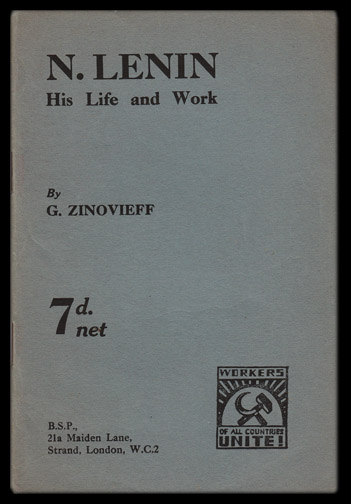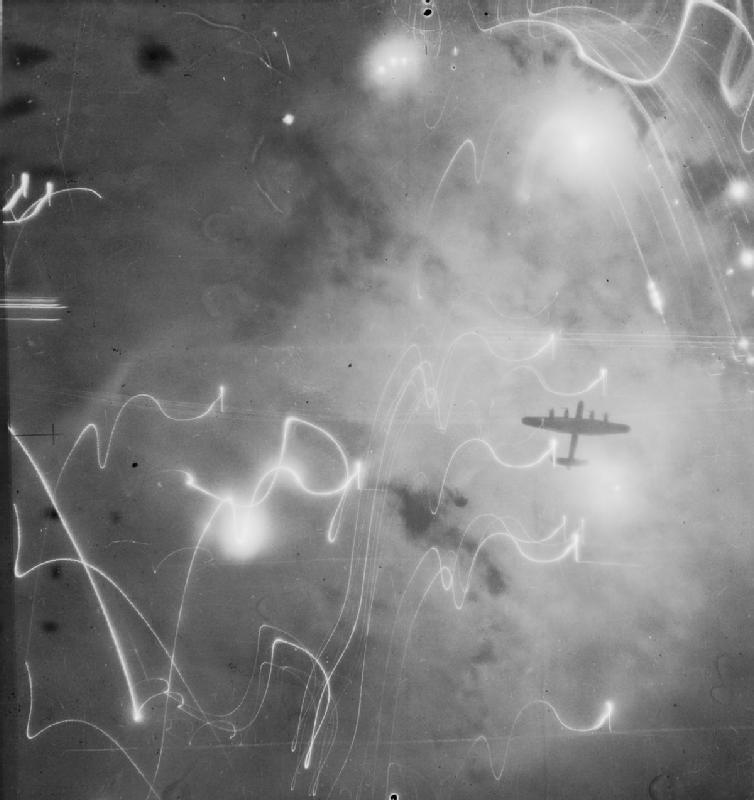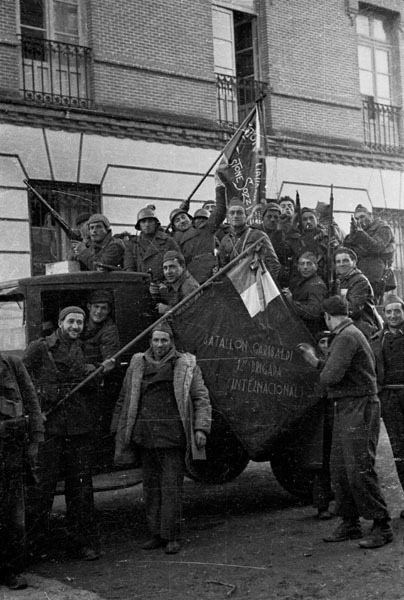|
Esmond Romilly
} Esmond Marcus David Romilly (10 June 1918 – 30 November 1941) was a British socialist, anti-fascist, and journalist, who was in turn a schoolboy rebel, a veteran with the International Brigades during the Spanish Civil War and, following the outbreak of the Second World War, an observer with the Royal Canadian Air Force. He is perhaps best remembered for his teenage elopement with his distant cousin Jessica Mitford, the second youngest of the Mitford sisters. Born into an aristocratic family – he was a nephew of Clementine Churchill – he emerged in the 1930s as a precocious rebel against his background, openly espousing communist views at the age of fifteen. He ran away from Wellington College, and campaigned vociferously against the British public school system, by publishing a critical left wing magazine, ''Out of Bounds: Public Schools' Journal Against Fascism, Militarism, and Reaction'', and (jointly with his brother) a memoir analysing his school experiences. At ... [...More Info...] [...Related Items...] OR: [Wikipedia] [Google] [Baidu] |
Spanish Republican Army
The Spanish Republican Army () was the main branch of the Spanish Republican Armed Forces, Armed Forces of the Second Spanish Republic between 1931 and 1939. It became known as People's Army of the Republic (''Ejército Popular de la República'') after it was reorganized, following the disbandment of the voluntary militias that were formed in July 1936 at the beginning of the Spanish Civil War. History The Spanish Republican Army went through two clear phases during its existence: * The pre-Civil War phase, before the Spanish coup of July 1936, coup of July 1936 that would fracture the Spanish military institution *The Civil War reorganization of the forces that remained loyal to the established republican government. Background Following the loss of Spain's last colonies, Cuba and Philippines, in 1898, the country's armed forces grew disgruntled and the public's view toward them worsened. Military leaders resented the attitude of the Spanish politicians and the public opin ... [...More Info...] [...Related Items...] OR: [Wikipedia] [Google] [Baidu] |
Anti-fascism
Anti-fascism is a political movement in opposition to fascist ideologies, groups and individuals. Beginning in European countries in the 1920s, it was at its most significant shortly before and during World War II, where the Axis powers were opposed by many countries forming the Allies of World War II and dozens of resistance movements worldwide. Anti-fascism has been an element of movements across the political spectrum and holding many different political positions such as anarchism, communism, pacifism, republicanism, social democracy, socialism and syndicalism as well as centrist, conservative, liberal and nationalist viewpoints. Fascism, a far-right ultra-nationalistic ideology best known for its use by the Italian Fascists and the German Nazis, became prominent beginning in the 1910s. Organization against fascism began around 1920. Fascism became the state ideology of Italy in 1922 and of Germany in 1933, spurring a large increase in anti-fascist action, including ... [...More Info...] [...Related Items...] OR: [Wikipedia] [Google] [Baidu] |
British Socialist Party
The British Socialist Party (BSP) was a Marxist political organisation established in United Kingdom of Great Britain and Ireland, Great Britain in 1911. Following a protracted period of political faction, factional struggle, in 1916 the party's anti-militarism, anti-war forces gained decisive control of the party and saw the defection of its pro-war right wing. After the victory of the Bolshevik Revolution in Russia at the end of 1917 and the termination of the First World War the following year, the BSP emerged as an explicitly revolutionary socialism, revolutionary socialist organisation. It negotiated with other Political radicalism, radical groups in an effort to establish a unified communist organisation, an effort which culminated in August 1920 with the establishment of the Communist Party of Great Britain. The youth organisation the Young Socialist League was affiliated with the party. Organizational history Formative period (1911–1914) The founding conference which e ... [...More Info...] [...Related Items...] OR: [Wikipedia] [Google] [Baidu] |
Siege Of Madrid
The siege of Madrid was a two-and-a-half-year siege of the Second Spanish Republic, Republican-controlled Spain, Spanish capital city of Madrid by the Nationalist faction (Spanish Civil War), Nationalist armies, under General Francisco Franco, during the Spanish Civil War (1936–1939). The city, besieged from October 1936, fell to the Nationalist armies on 28 March 1939. The Battle of Madrid in November 1936 saw the most intense fighting in and around the city when the Nationalists made their most determined attempt to take the Republican capital. The highest List of military decorations, military awards of the Spanish Republic, the Laureate Plate of Madrid (), and the Madrid Distinction (), established by the Republican government to reward courage, were named after the capital of Spain because the city symbolised valour and Republican resistance during the long siege throughout the war. Uprising: Madrid held for the Republic (July 1936) The Spanish Civil War began with a S ... [...More Info...] [...Related Items...] OR: [Wikipedia] [Google] [Baidu] |
First Battle Of The Corunna Road
The First Battle of the Corunna Road took place between 29 November and 3 December 1936 during the Spanish Civil War. The Nationalists tried to isolate Madrid from the west, cutting the Corunna Road, but the Republican army repelled the attack. Background After the failure to take Madrid in November 1936 and the failure to reduce the morale of the city's population through aerial bombing, Franco decided to encircle the city from the north-west in order to cut off water and electricity supplies from the Sierra de Guadarrama. Franco's Nationalists, led by José Varela, concentrated a force of 3,000 men supported by heavy artillery including Ju 52 bombers. The defending Republican army had one brigade. Battle The Nationalist offensive started on 29 November with heavy artillery bombing on the Pozuelo sector with 3,000 '' Legion'' and Moroccan colonial troops backed by tanks and Ju 52 bombers. The Republican brigade was initially routed in disorder, but just a few days late ... [...More Info...] [...Related Items...] OR: [Wikipedia] [Google] [Baidu] |
Second Battle Of The Corunna Road
The Second Battle of the Corunna Road () was a battle of the Spanish Civil War that took place from 13 December 1936 to 15 January 1937, northwest of Madrid. In December 1936, the Nationalists launched an offensive in order to cut the Corunna Road and isolate Madrid, but a Republican counter-offensive stopped the Nationalist advance. The Nationalists cut the Corunna road but failed to encircle Madrid. Background The Battle of Madrid in November 1936 had been fought to a standstill, including the First Battle of the Corunna Road, with the Nationalists under Franco failing to take the city. They then started to besiege it, aiming to cut its links to the rest of Spain. Franco decided to attack the city from the north-west in order to cut off water and electricity supplies from the Sierra de Guadarrama and encircle the city. After a failed offensive in November, the Nationalists summoned a force of 17,000 men, led by General Orgaz, with four mobile brigades (led by García Es ... [...More Info...] [...Related Items...] OR: [Wikipedia] [Google] [Baidu] |
Spanish Civil War
The Spanish Civil War () was a military conflict fought from 1936 to 1939 between the Republican faction (Spanish Civil War), Republicans and the Nationalist faction (Spanish Civil War), Nationalists. Republicans were loyal to the Left-wing politics, left-leaning Popular Front (Spain), Popular Front government of the Second Spanish Republic. The opposing Nationalists were an alliance of Falangism, Falangists, monarchists, conservatives, and Traditionalism (Spain), traditionalists led by a National Defense Junta, military junta among whom General Francisco Franco quickly achieved a preponderant role. Due to the international Interwar period#Great Depression, political climate at the time, the war was variously viewed as class struggle, a War of religion, religious struggle, or a struggle between dictatorship and Republicanism, republican democracy, between revolution and counterrevolution, or between fascism and communism. The Nationalists won the war, which ended in early 1939, ... [...More Info...] [...Related Items...] OR: [Wikipedia] [Google] [Baidu] |
Bombing Of Hamburg In World War II
The Allied bombing of Hamburg during World War II included numerous attacks on civilians and civic infrastructure. As a large city and industrial centre, Hamburg's shipyards, U-boat pens, and the Hamburg-Harburg area oil refineries were attacked throughout the war. As part of a sustained campaign of strategic bombing during World War II, the attack during the last week of July 1943, code named Operation Gomorrah, created one of the largest firestorms raised by the Royal Air Force and United States Army Air Forces in World War II, killing an estimated 37,000 people in Hamburg, wounding 180,000 more, and destroying 60% of the city's houses. Hamburg was selected as a target because it was considered particularly susceptible to attack with incendiaries, which, from the experience of the Blitz, were known to inflict more damage than just high explosive bombs. Hamburg also contained a high number of targets supporting the German war effort and was relatively easy for navigators ... [...More Info...] [...Related Items...] OR: [Wikipedia] [Google] [Baidu] |
World War Two
World War II or the Second World War (1 September 1939 – 2 September 1945) was a global conflict between two coalitions: the Allies and the Axis powers. Nearly all of the world's countries participated, with many nations mobilising all resources in pursuit of total war. Tanks and aircraft played major roles, enabling the strategic bombing of cities and delivery of the first and only nuclear weapons ever used in war. World War II is the deadliest conflict in history, causing the death of 70 to 85 million people, more than half of whom were civilians. Millions died in genocides, including the Holocaust, and by massacres, starvation, and disease. After the Allied victory, Germany, Austria, Japan, and Korea were occupied, and German and Japanese leaders were tried for war crimes. The causes of World War II included unresolved tensions in the aftermath of World War I and the rise of fascism in Europe and militarism in Japan. Key events preceding the war ... [...More Info...] [...Related Items...] OR: [Wikipedia] [Google] [Baidu] |
XII International Brigade
The XII International Brigade was mustered on 7 November 1936 at Albacete, Spain. It was formerly named the Garibaldi Brigade, after the most famous and inspiring leader in the Italian Independence Wars, General Giuseppe Garibaldi. Structure Its first commanding officer was a Soviet advisor of Hungarian origin, Gen. "Pavol Lukács" (Máté Zalka), who went on to command the 45th Division of the Spanish Republican Army (he was killed during the Huesca Offensive), and its first political commisar was Gustav Regler. The brigade included, among others, the following battalions: *Garibaldi Battalion – Albanians, Albanian, Italian and Spanish volunteers, led by Randolfo Pacciardi. *André Marty Battalion – Franco-Belgian volunteers (named after André Marty). *Dabrowski Battalion also known as the Dombrowski Battalion – exiled Polish volunteers *Thaelmann Battalion – German and Austrian volunteers (named after Ernst Thälmann), led by Ludwig Renn. *Figlio Battalion – Spanish ... [...More Info...] [...Related Items...] OR: [Wikipedia] [Google] [Baidu] |
XV International Brigade
The XV International Brigade was one of the International Brigades formed to fight for the Spanish Republic during the Spanish Civil War. History The XVth Brigade mustered at Albacete in January 1937. It consisted of English-speaking volunteers – arranged into four battalions: the mostly British Saklatvala Battalion, the mostly North American Lincoln Battalion, the Balkan Dimitrov Battalion and the Franco-Belgian Sixth February Battalion. The brigade fought at Jarama, Brunete, Boadilla, Belchite, Fuentes de Ebro, Teruel and the Ebro River. The brigade's first combat, at the Battle of Jarama in February 1937, resulted in heavy casualties. The British lost 225 men out of 600, the Lincolns 120 out of 500. After the battle, the brigade was seriously undermanned. At the end of March, a Spanish battalion, ''Voluntario 24'' (the 24th Volunteers), joined the brigade. Over the next few months, under the close supervision of Janos Galicz, the XVth was re-organized into two ... [...More Info...] [...Related Items...] OR: [Wikipedia] [Google] [Baidu] |






